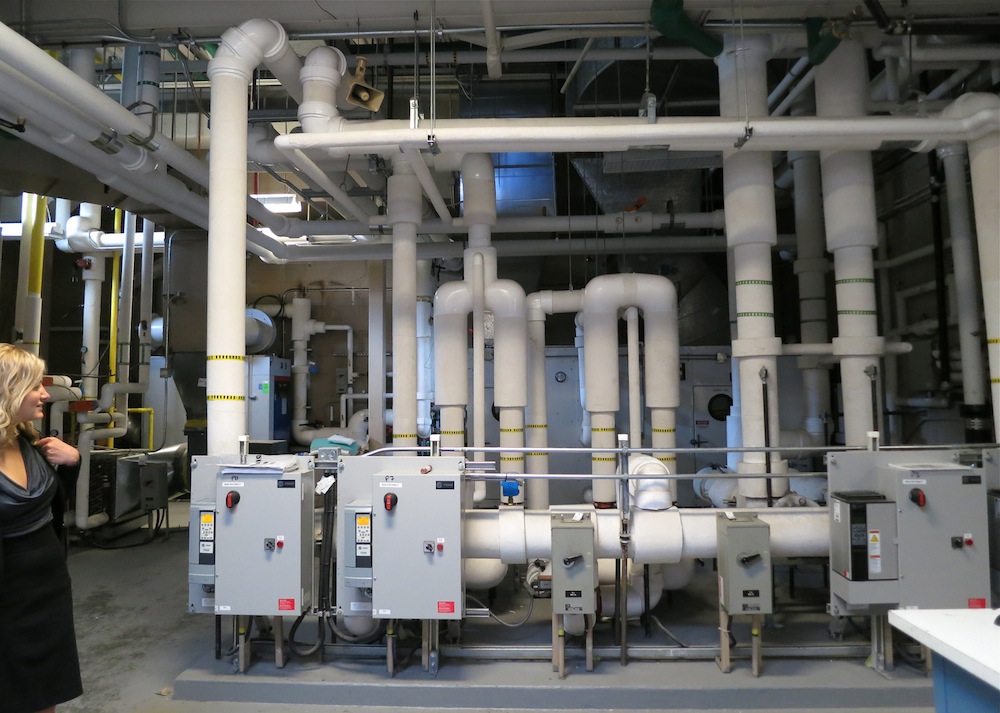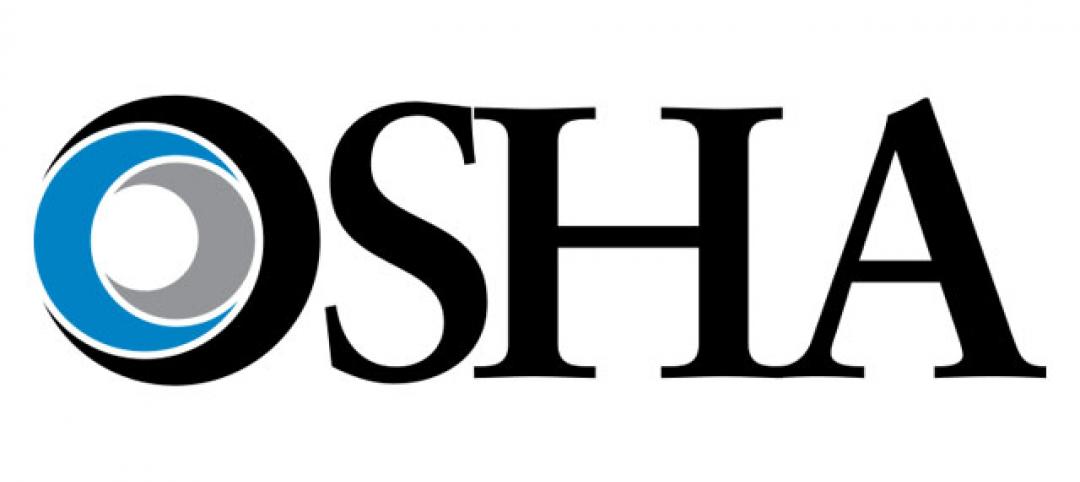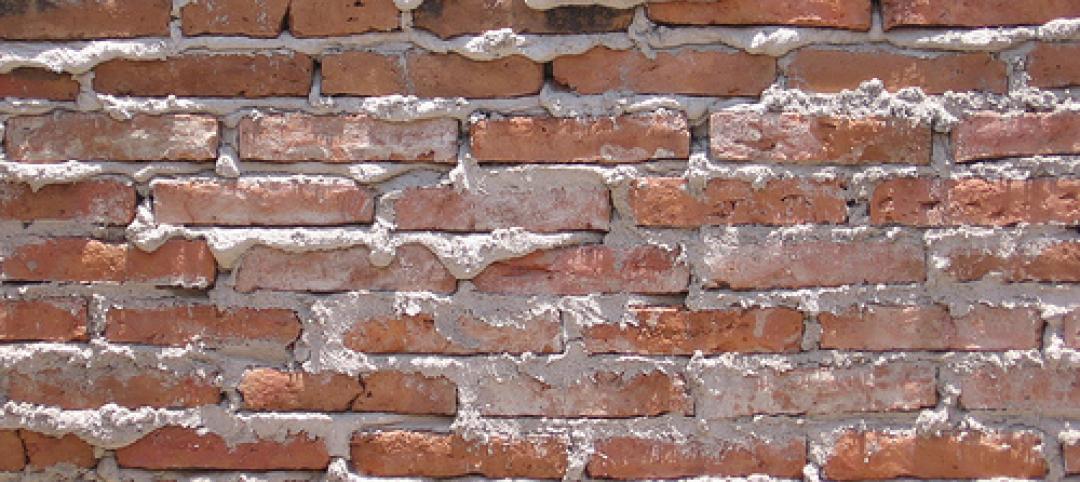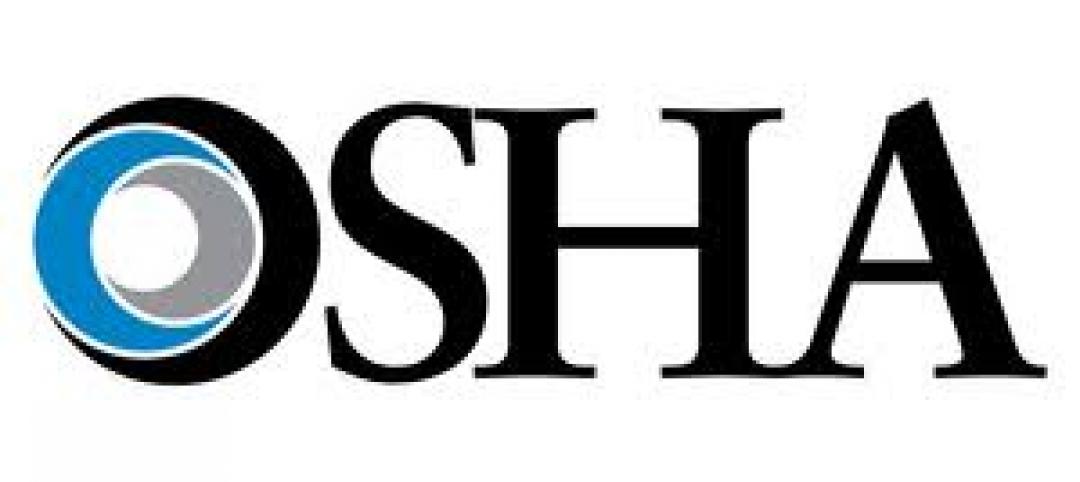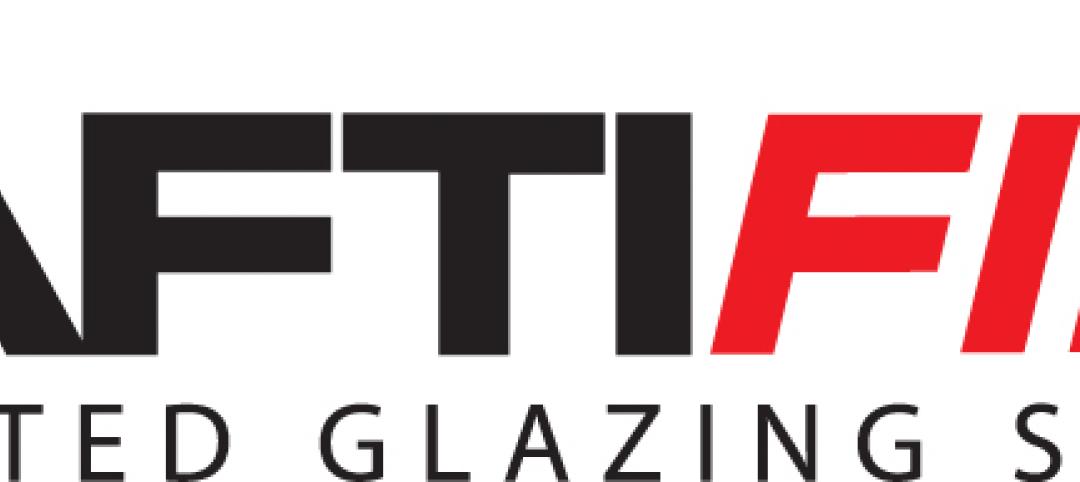The North American Insulation Manufacturers Association (NAIMA) has issued a new publication, “Guide to Insulating Chilled Water Piping Systems With Mineral Fiber Pipe Insulation.”
Developed for professional insulation contractors, the 36-page guide recommends methods for insulating chilled water piping systems using a vapor-sealed mineral fiber pipe insulation.
"Insulation systems are critical to limiting heat losses and preventing condensation on pipe surfaces operating from 33 degrees F to 60 degrees F (0.5 degrees C to 15.6 degrees C) within conditioned spaces in commercial and institutional buildings," says Charles Cottrell, vice president technical services for NAIMA. "When poorly applied, however, an insulation system can compromise insulation effectiveness.”
“NAIMA developed this step-by-step guide for applying vapor-sealed mineral fiber pipe insulation, which when installed according to the guide's recommendations, can effectively control condensation, help extend the life of the insulation system, and save energy," Cottrell says.
The guide addresses the installation of standard ASJ jacketed pipe insulation and presents recommendations based on reliable engineering principles and research, as well as consultation with manufacturers, contractors, and industry experts.
It details insulation application on straight pipe; on pipe system fittings including flanges, couplings, elbows, tees, and valves; and on 45- and 90-degree elbows. Also included are details on vapor dams, pipe supports, and field-applied jackets.
Other sections include performance criteria, a guide specification, and installation checklist. Click here to download a free copy of the guide.
Related Stories
| Feb 9, 2012
Rapid growth of zero energy buildings expected
Much of that growth will be in the European Union, where near-zero energy buildings are mandated by 2019 for public buildings, and by 2021 for all construction.
| Feb 9, 2012
Stiffer OSHA fines put strain on Kansas contractors
A fine for a violation that once cost between $750 and $1,200 now runs $7,000 or more per incident, according to a state industry association official.
| Feb 9, 2012
Webinar focuses on lessons learned from LEED-certified industrial project
A Construction Specifications Institute webinar will focus on the lessons learned through the design and construction of a LEED-certified industrial project, Better Living Mill Shop, the first industrial building in Central Virginia to earn LEED certification.
| Feb 8, 2012
California likely to eliminate redevelopment agencies
Leaders of California cities had been trying to fashion a compromise with lawmakers after the state Supreme Court ruled the state had the authority to eliminate the agencies and use their property tax money for local services.
| Feb 8, 2012
Project aimed at economical seismic retrofits on historic Memphis structures
The group will develop a low-cost seismic retrofit model that would benefit aging brick-and-mortar structures. It involves bolting steel brackets to existing wooden floor and ceiling joists.
| Feb 8, 2012
Houston signs on to Better Buildings Challenge
The challenge has about $4 billion in federal and private-sector funds, which it will use for building energy upgrades nationwide in the next two years.
| Feb 8, 2012
OSHA offers free health and safety consulting for small businesses
The consultants offer confidential, non-punitive advice.
| Feb 8, 2012
Controversy over pay for prisoners on roofing job in Michigan
The disagreement was over whether the prisoners should have been paid prevailing wage for their brief time on the job because the project was paid for with a U.S. Department of Energy grant.


